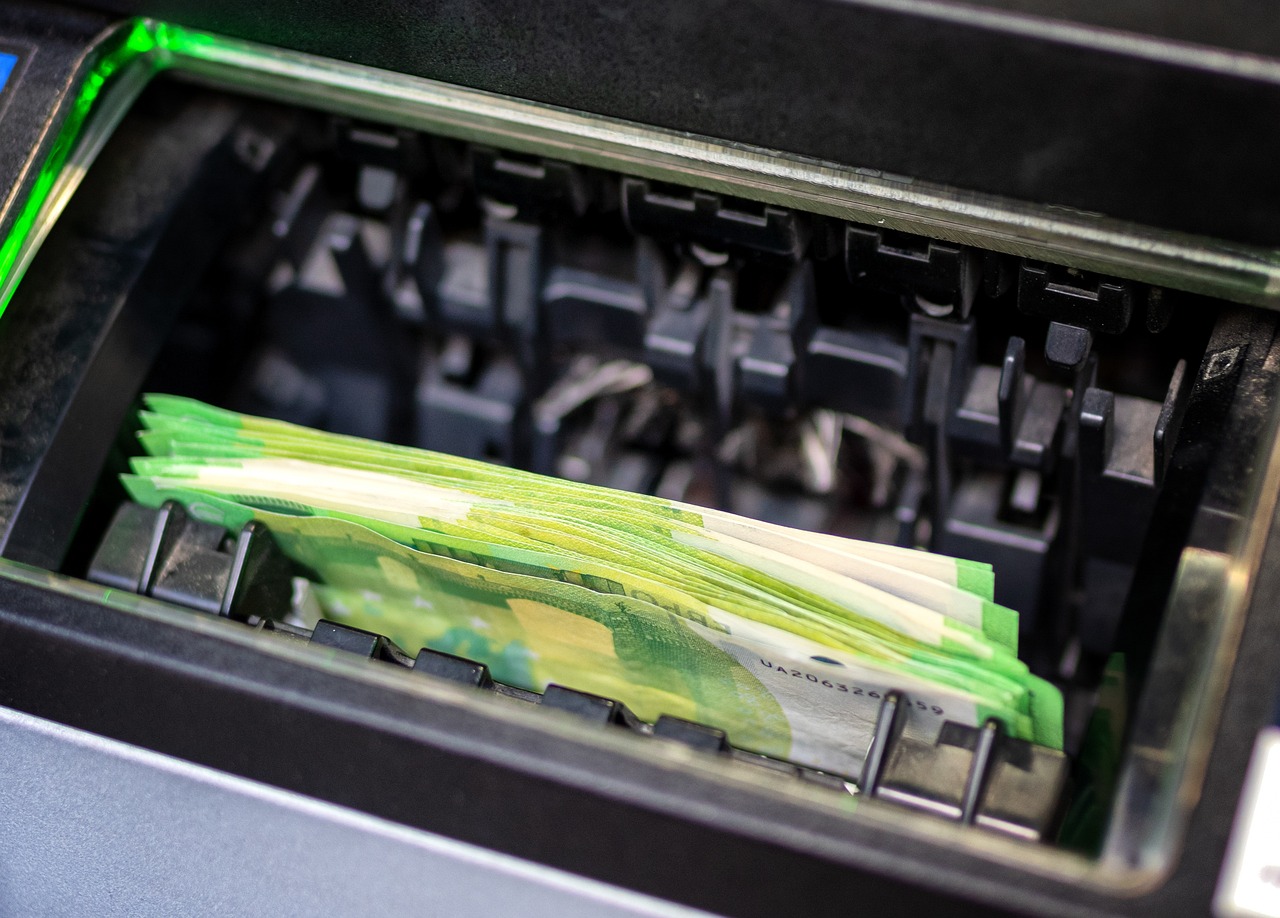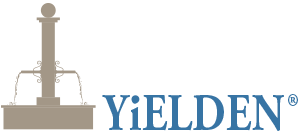Repayment Profile for Investors of Structured Products.
It is essential to understand the repayment profile of these products, as it can significantly impact the return on investment (ROI).
Investors typically invest in structured products because they offer a higher return potential than traditional bonds, with lower risk than stocks. The products are also relatively easy to understand, as the investment bank takes care of the complex mathematics behind the product.

Repayment of the structured products.
Repayment Profile
The repayment profile of a structured product refers to the way in which the investor will receive their capital and returns. In general, structured products offer two main types of repayment profiles: principal protection and capital at risk.
Principal Protection
Principal protection structured products are designed to protect the investor’s capital, regardless of the performance of the underlying asset. This means that the investor is guaranteed to receive their initial investment back at maturity. Principal protection structured products are typically used by conservative investors who want to reduce the risk of losing their capital.
Capital at Risk
Capital at risk structured products, on the other hand, are designed for investors who are willing to take on higher risk in return for a higher potential return. These products do not offer any guarantee of the capital, which means that the investor’s capital is at risk. If the underlying asset performs poorly, the investor may not receive their capital back in full.
Impact on Returns
The repayment profile of a structured product can significantly impact the return on investment. Principal protection structured products typically offer lower returns compared to capital at risk products. This is because the investment bank must allocate a portion of the return to cover the cost of the principal protection.
Capital at risk structured products, on the other hand, offer higher potential returns, as the investment bank does not need to allocate any funds to cover the cost of principal protection. However, as the capital is at risk, the investor must be prepared to accept the possibility of losing their investment.
In conclusion, understanding the repayment profile of structured products is essential for investors, as it can significantly impact the return on investment. Principal protection structured products are suitable for conservative investors who want to reduce the risk of losing their capital, while capital at risk structured products are suitable for investors who are willing to take on higher risk in return for a higher potential return.
Get Started with YiELDEN




